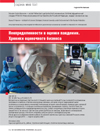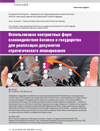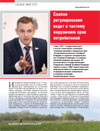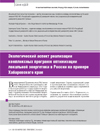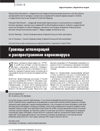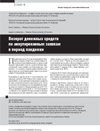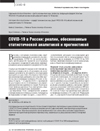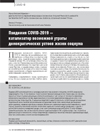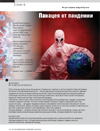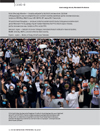Uncertainties in Pandemic Assessment. Chronicles of Appraisal Business
DOI: 10.33917/es-4.170.2020.72-79
Methodology for studying the strategic potential of Russian appraisal companies is based on applying the “Strategic Matrix of the Company” software package, the algorithm of which involves analysis of qualitative and quantitative indicators that allow to create a complete company profile and to provide a scenario forecast for its development [1]. The main qualitative parameters accepted for analysis include such as the degree of innovativeness and differentiation of services, the level of competition and the company’s position in the market, priority of various strategic goals in the company’s activities, motivation effectiveness, corporate culture and the ability to quickly gain access to necessary resources. The present study resulted in the rating of 50 the most strategic appraisal companies in Russia according to results of the second half of 2019 — the first quarter of 2020



